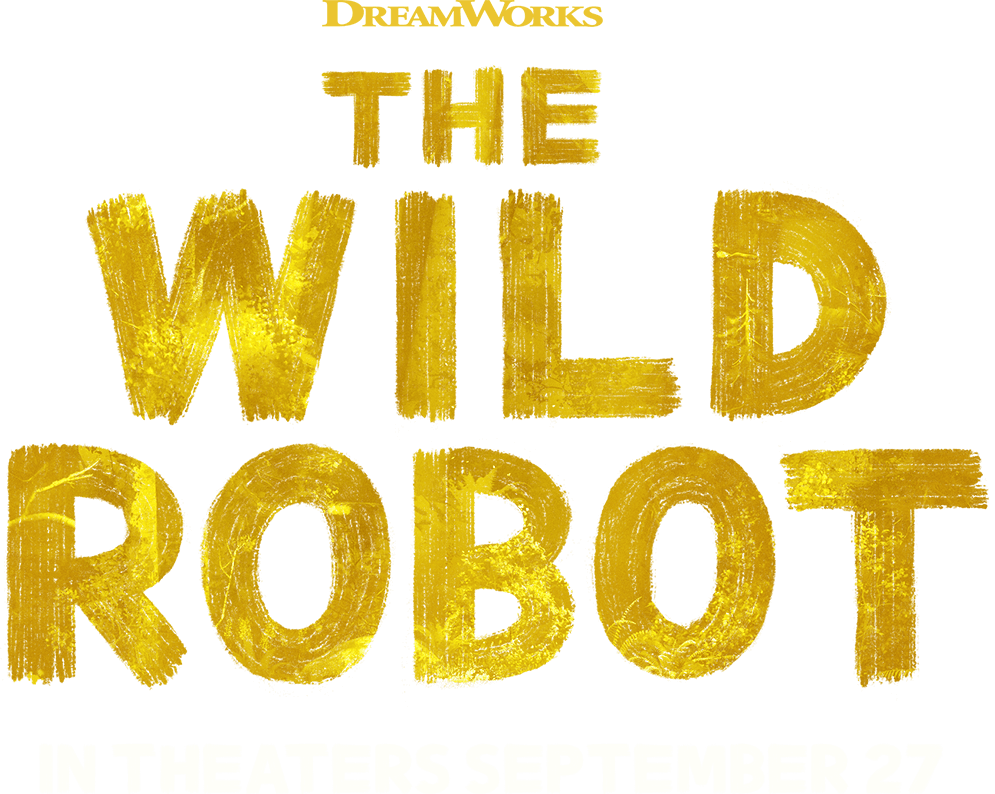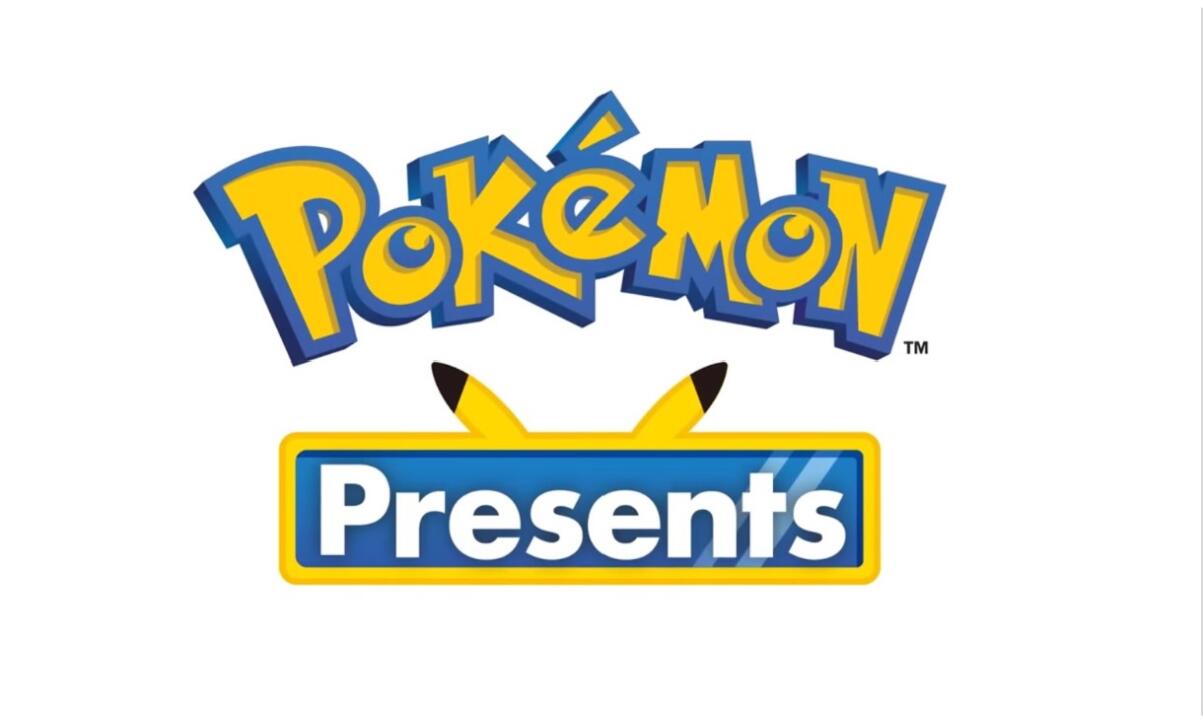If you go around campus and ask students at the University of Maryland, Baltimore County, what they thought about the past summer, one of the most common answers would probably be, “a lot.” The first summer after what seemed like ages of a deadly pandemic can indeed feel like that — the thrill, joy and anxiety of being outside and in the presence of others seems to make time fly at lightspeed.
However, this summer has also been one marked by devastating legal and social tragedies for many. The overturning of Roe v.Wade, the 1973 Supreme Court ruling that protected abortion for women nationwide and set the precedent for several laws safeguarding the dignities and rights of minority communities, particularly the LGBTQ+ community, represented entrance into a new cultural climate.
This climate has furthermore strengthened the appearance of ‘influencers’ like Andrew Tate, notoriously known for sharing deeply violent misogynistic and homophobic messages on social media platforms like TikTok and Instagram.
Due to the uncertainty provided by this unique summer, turning to media as a form of escapism has provided great resolve to people —particularly to the LGBTQ+ community and People of Color. This form of escapism, though, does not strictly rely on viewers leaving to fantasy lands controlled by Rings or Dragons but also by providing a safer, more authentic space to reaffirm their identities and stories.
One of the biggest displays of such a form of Escapism over the summer has been Beyonce’s Renaissance — her new, culture-defining album inspired by the Queer Black ballroom sounds of the late 70s and 80s. The album exists as a piece of escapism during the pandemic with an intention to “create a safe space.” Beyonce wrote in a letter to her fans, “A place to scream, release, feel freedom.”
In the creation of an album heavily sampled by the works of legendary LGBTQ+ icons, Beyonce allowed her own queer fans to feel the joy and freedom of their identities- providing them a resolve from the onslaught of anti-LGBTQ+ legislation and sentiments that have started to take up a significant space in our conversation about Queer life.
In the moment of Renaissance, LGBTQ+ people can take to the dance floor (or their living room) and understand the joy in escaping to a world of their own design.
As one UMBC student, who asked to remain anonymous to avoid being outed, put it, “I have found so many pieces of queer history through this album, it felt like discovering secret floors that I couldn’t access and all of it made me appreciate my culture and how much they’ve done and the possibility I have now so much more.”
The album is one of many examples of media made for women and LGBTQ+ people that has received media attention over this past summer. We are living at an all-time high in terms of representation of diverse women and LGBTQ+ stories in TV andmovies, with almost 52% of major characters in streaming programs being women in 2020-21 and an 11% overall representation of major LGBTQ+ characters in media.
The popularity of television shows such as the new Amazon Prime remake series A League of Their Own and HBO Max’s Hacks as well as the resurgence of older media like the 1990 seminal LGBTQ+ classic Paris is Burning, shows the impact of positive and honest pieces especially in a tumultuous climate.
As Mariah Goodman, a sophomore UMBC Biological Sciences major, explained, watching Showtime’s early 2000s hit, The L Word, helped affirm her identity and see herself in media.
She said, “It covers real women’s issues, including abortion and the trouble women go through in order to access the right to choose for themselves. There were also many queer women of color in the show that made me feel seen, including, “One of the main characters [who] is a black lesbian woman!”
Regardless of its at-times outdatedness, Goodman recommends The L Word to queer women for all the “twists and turns and lessons to be learnt” in it.
Our admitted dependence on media consumption as a means of diversion has its shortcomings, at times narrowing our worldview to the pessimistic craters of Twitter or simply limiting our exposure to the world, risking the creation of a ‘bubble’ with no space to hold for anybody else. But in this new era, it may also be a path to some much-needed levity.
Like Goodman, there are so many students on campus discovering media that celebrates their existence and honors their stories, or simply provides them with a means to have a laugh at the end of a long and winding day. And while we have a long way to go in order to ensure a society that does not feel a need to escape its reality, being able to have an option to feel seen and safe is perhaps enough for at least the summer months.

